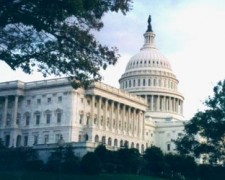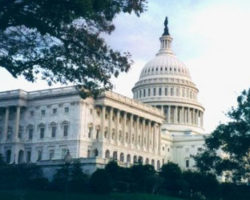 The internet. It’s everything, right? There is no future except for the internet and it’s already pretty much taken over everything. Well, not everything – it still doesn’t do a very good job of lumberjacking, and as far as taking over as the primary tool for watching video content, it has a long way to go to match the viewing done on a standard television set – that’s according to testimony from Nielsen’s Susan Whiting before the Senate Commerce Committee.
The internet. It’s everything, right? There is no future except for the internet and it’s already pretty much taken over everything. Well, not everything – it still doesn’t do a very good job of lumberjacking, and as far as taking over as the primary tool for watching video content, it has a long way to go to match the viewing done on a standard television set – that’s according to testimony from Nielsen’s Susan Whiting before the Senate Commerce Committee.
According to Whiting, the average American watches almost five hours of video a day, and 91% of that viewing is fixed-time, real-time viewing on a television set. That works out to four-and-a-half hours a day of watching TV the old-fashioned way.
The four-and-a-half-hour stat actually does apply to internet viewing, too. That’s how much the average American spends watching video content on the internet during an average month.
Let’s just look at those numbers again.
Television screen: 4.5 hours a day.
Computer screen: 4.5 hours a month.
To be fair, Whiting also noted that Americans view content over mobile devices almost as often as they do on a computer, spending ten minutes less per month. So add it all together and its television screen 4.5 hours a day; alternate screen 9 hours a month.
The undeniable fact is that there are many more ways to view video content now than have ever existed in the past. Whiting pointed out that the change her company is witnessing and recording is that people will watch content on whatever screen happens to be available at the moment.
However, we are far away from the moment when broadband sources take over the role that has been filled by broadcast television for decades.
Whiting’s testimony as prepared for delivery is available here.
RBR-TVBR observation: The topic few advocates of new media, or MVPDs for that matter, seem to ever address is their utter lack of local content. Sure, they’d like to grab broadcast spectrum and market share, but they have shown no inclination or ability to duplicate broadcast’s importance to local citizens. Congress and the FCC, wake up – this is a lot more than a spectrum fight – it’s also about the public interest, and at the moment, broadcasters are the only ones serving it.





